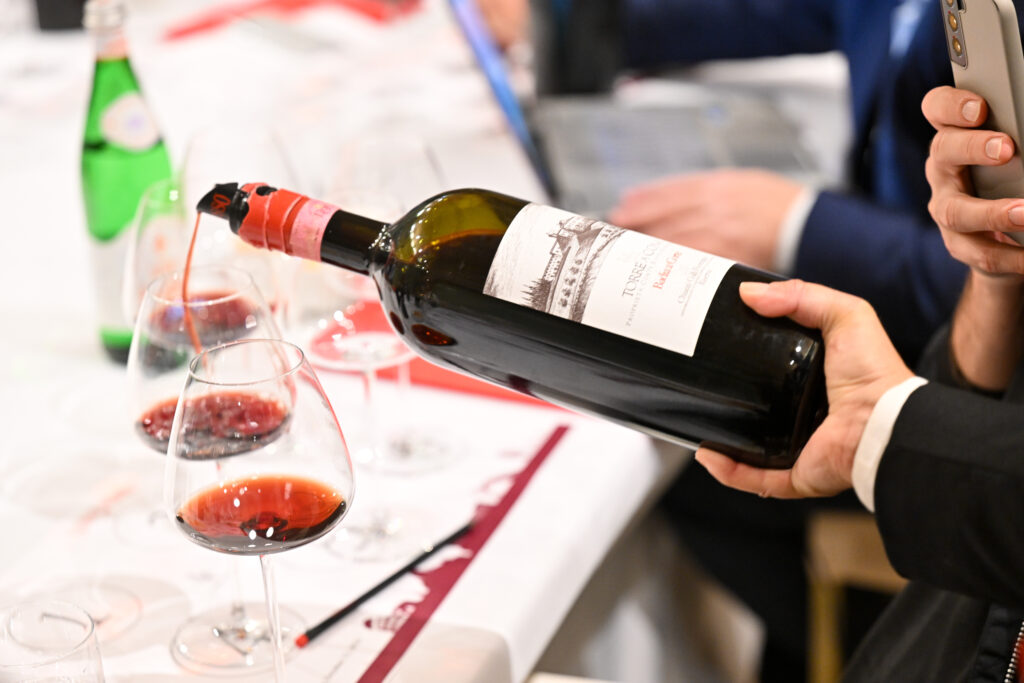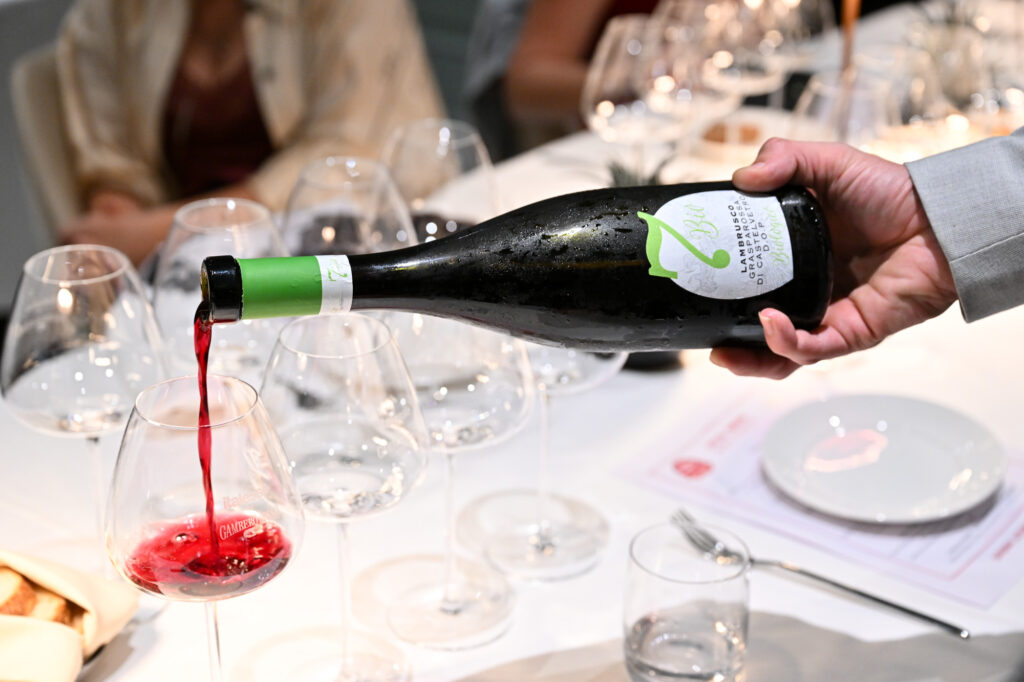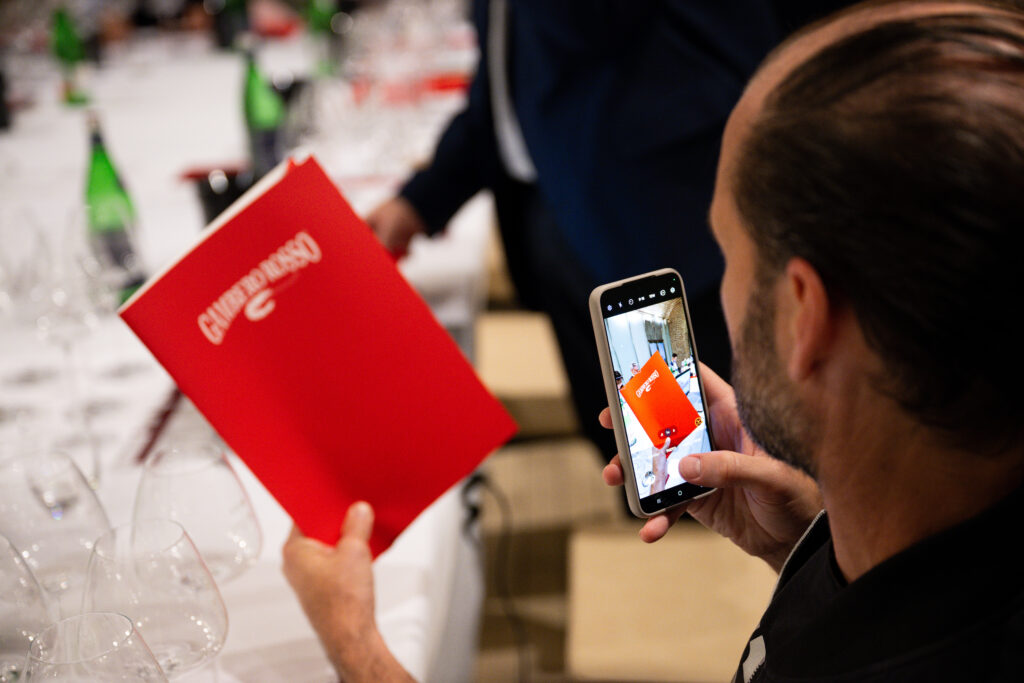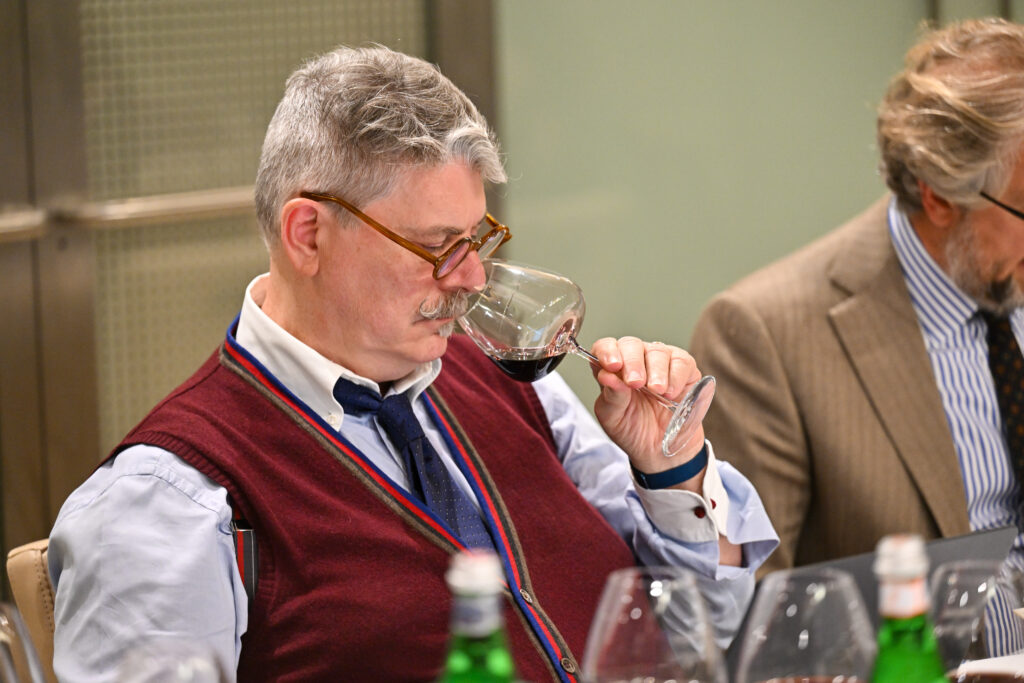
What You Need to Know About Italian Wines: A Beginner’s Guide to Vino Italiano
- Published By The Statesman For The Statesman Digital
- 2 months ago
Italy is known for its art, culture, fashion, and history, but there’s another craft it has perfected—winemaking. For centuries, Italian wines have fascinated both experts and beginners, offering a taste of the country’s rich and diverse regions. During my recent trip to Puglia and Rome, I had the chance to sample some of the best wines I’ve ever tasted. I was blown away by just how incredible Italian wines can be.


Imagine a glass of deep red wine, its aroma carrying hints of sun-soaked vineyards, rolling hills, and traditions passed down for generations. That’s Italian wine—a perfect mix of history, passion, and the land itself. Every sip feels like a journey through time, shaped by winemakers who’ve spent centuries honing their craft.
To understand what makes Italian wines so special, I spoke with Marco Sabellico, the curator of the renowned Vini d’Italia guide by Gambero Rosso International. With years of experience in the world of wine, Marco shared what makes these wines truly stand out for both newcomers and seasoned wine lovers.

Where to Begin
“For someone new to Italian wines, the classics are always a good starting point,” Marco advises. “Try Chianti Classico, Barolo, or Amarone for reds. For whites, Verdicchio, Soave, or Friulano are fantastic options. And for something bubbly, you can’t go wrong with Franciacorta or Prosecco.”
These wines, he explains, are approachable yet layered, offering an introduction to the diversity of Italy’s vinous landscape.
The Heart of Italian Winemaking
What makes Italy a paradise for wine lovers? According to Marco, it’s the combination of geography, history, and biodiversity. “Italy’s 2,500-year-old winemaking tradition is a mosaic of hills, mountains, and soils that support over a thousand grape varieties,” he explained. This rich diversity, combined with generations of expertise, allows Italian wines to capture the essence of their regions.
From the elegant Nebbiolo of Piedmont to the bold, sun-ripened Primitivo of Puglia, every wine reflects the land it comes from. “Plant these grapes elsewhere, and the magic disappears,” Marco said. This deep connection to place is what sets Italian wines apart from more common international varieties like Chardonnay or Cabernet Sauvignon.
Every bottle feels like an invitation to explore Italy—a sip of Verdicchio transports you to the breezy hills of Le Marche, while a glass of Amarone evokes the rolling vineyards of Veneto. Italian wines are more than just drinks; they are a journey through the country’s history, landscapes, and traditions.


Unlocking the Magic of Italian Wines
Whether you’re swirling a glass of Prosecco or savoring a robust Chianti Classico, tasting Italian wine involves engaging all the senses. “Swirl, slurp, chew,” Marco advises with a smile. “Oxygen is your friend—it helps you unlock the wine’s layers. And never serve a wine too warm; even bold reds shine at 14-16°C.”
These small but crucial steps transform tasting into an art form, revealing the complexity behind every bottle.
Perfect Pairings: Italian Wine and Food
No discussion of Italian wine is complete without its perfect pairing: food. “Italian wines are made to complement meals,” Marco says with enthusiasm. His pairing tips are refreshingly simple:
- White wines pair beautifully with lighter fare like fish or fresh pasta.
- Red wines complement heartier dishes, with aged reds shining alongside slow-cooked meats and mature cheeses.
- Classic pairings: Enjoy a Sangiovese with tomato-based dishes or a Verdicchio with seafood risotto.
“Think of the wine as an extension of the dish,” he adds. “A good pairing elevates both the food and the wine, creating a truly memorable experience.”.




The Appeal of Indigenous Grapes
Italy’s indigenous grape varieties are a window into its soul. Marco highlights a few stars:
- Reds: Sangiovese, the backbone of Chianti; Aglianico, the “Barolo of the South”; and the luscious Nero d’Avola of Sicily.
- Whites: Fiano and Greco from Campania, the versatile Verdicchio, and the floral Grillo from Sicily.
These grapes are the lifeblood of Italian winemaking, offering a taste of authenticity that is hard to replicate elsewhere.
The Experience of Italian Wine
Italian wines are not just about taste—they’re about the experience. Marco emphasizes the importance of serving and savoring wines properly. “Never serve a wine too warm,” he advises, suggesting a moderate 14-16°C even for reds. And don’t be shy about swirling, slurping, or even “chewing” the wine to unlock its full complexity.








The Global Stage
Italian wines captivate audiences worldwide, yet challenges like tariffs and competition persist. Still, Marco, who has led countless tastings across the globe, sees hope in trends like organic and biodynamic wines, which resonate with younger, sustainability-conscious consumers. Italian wineries are evolving, crafting wines that honor tradition while embracing innovation.
“Italian wines exceed expectations. They’re crafted to delight, and when paired with the right food, they create unforgettable moments.”



The Ultimate Invitation
Whether you’re savoring a Chianti Classico with pasta or toasting with Prosecco, Italian wines offer more than flavor—they offer an experience. They are a testament to Italy’s mastery of art, culture, and tradition.
So pour a glass, let it breathe, and let Italian wine take you on a journey. As Marco puts it, “Every great Italian wine has a soul, and in every sip, you can taste the history, the passion, and the land.”

Italian wines are more than just a drink—they’re a celebration of life, history, and the passion of those who craft them. Whether you’re sipping a bold Barolo or a crisp Soave, each glass offers a chance to connect with Italy’s rich culture and breathtaking landscapes. As Marco said, “To drink Italian wine is to taste the soul of our land.”
After my journey through Puglia and Rome, I couldn’t agree more. So why not uncork a bottle and let Italy’s story pour into your glass? Cheers to discovering your own slice of Italy, one sip at a time.
(Verticali 3 Bicchieri 2025. San Leonardo © Francesco Vignali Photography)
Share on
SHARE YOUR COMMENT
MORE STORIES FOR YOU
Trending Stories
DJ Mo’s former illicit lo...
- Published By Jane
- January 15, 2024
Mapenzi! Zari and Tanasha...
- Published By Jane
- October 24, 2023
Zuchu Speaks on Diamond P...
- Published By Jane
- October 12, 2023
Hio Ni Upumbavu Wasituche...
- Published By Jane
- November 8, 2023
RECOMMENDED FOR YOU
Love Without Likes: Why P...
- Published By The
- July 17, 2025
Revealed: Inside The Secr...
- Published By The
- July 17, 2025
What is The Difference Be...
- Published By The
- July 21, 2025
The 5 Challenges and Solu...
- Published By The
- July 17, 2025
Latest Stories
Absa Bank Kenya Sets Asid...
- Published By The
- August 1, 2025
Shock as Nairobi Pastor T...
- Published By The
- August 1, 2025
Miracle?: ’30-Year-old Ba...
- Published By The
- August 1, 2025
Two Police Officers Jaile...
- Published By The
- August 1, 2025



